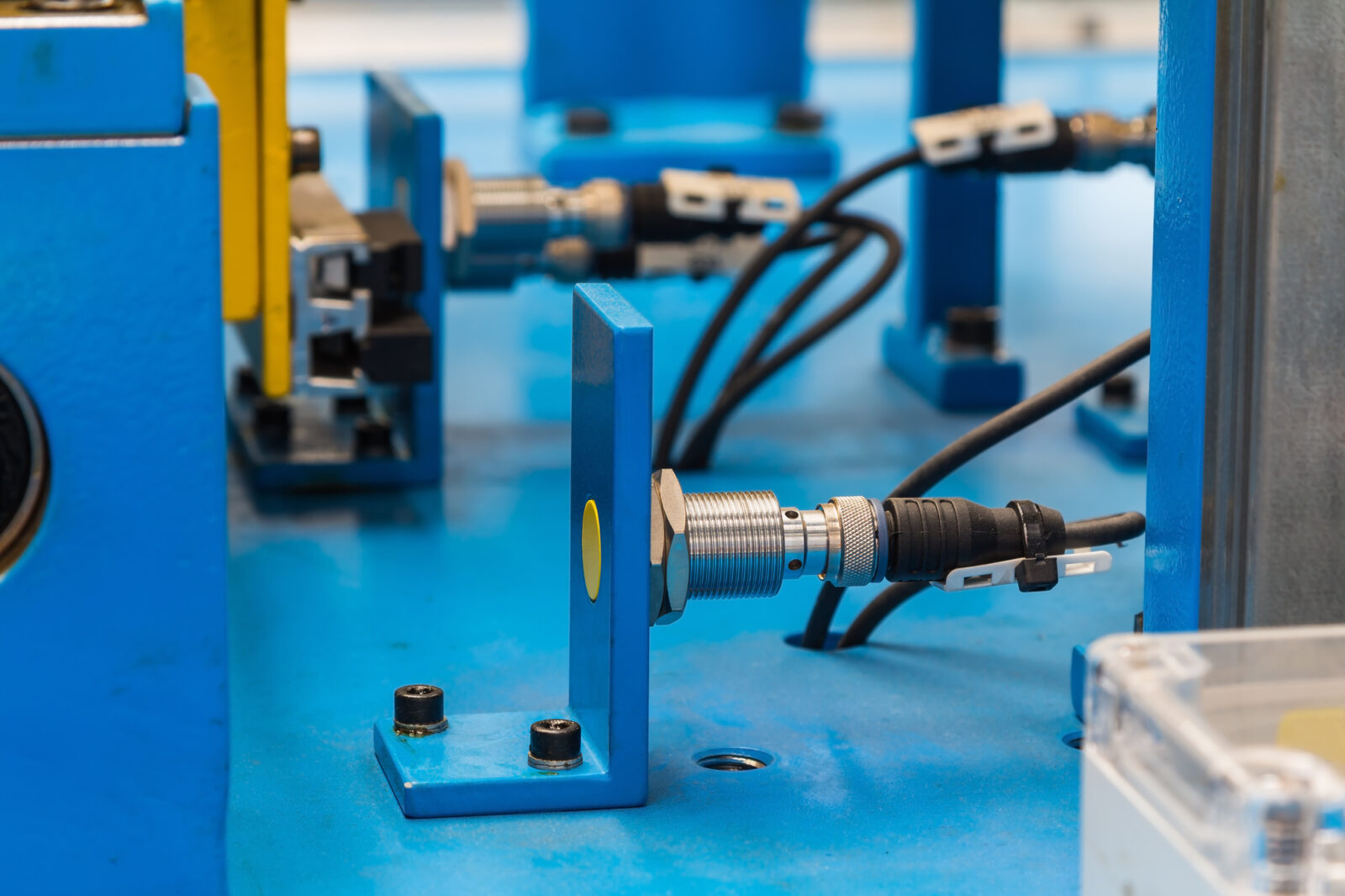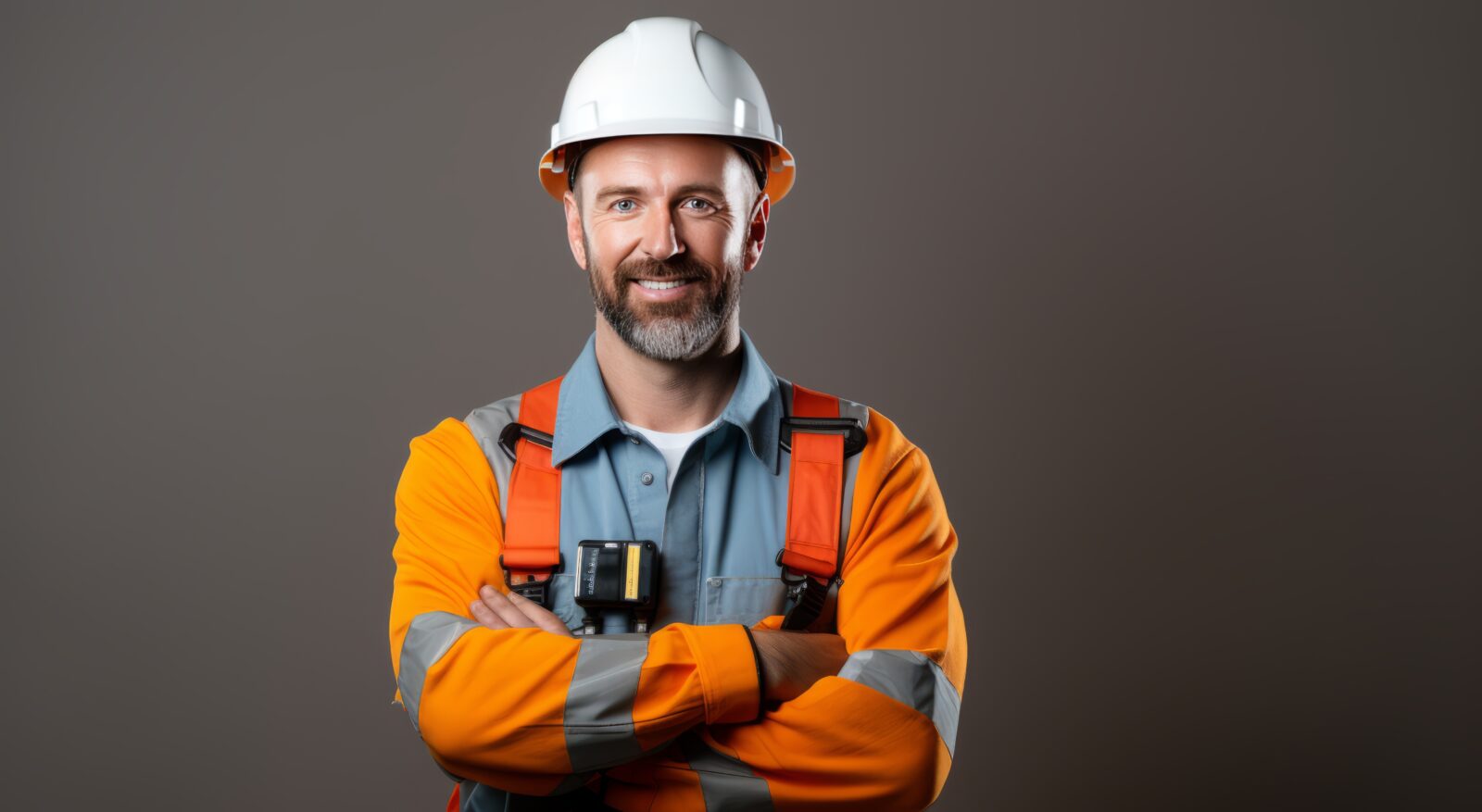Consider this: nearly half of all deadly work slipups in 2021 happened on construction sites, per the US Bureau of Labor and Statistics. Sobering statistics like this underscore the very importance of making sure workers on your construction site remain safe through and through.
A good way to do this? Focus on managing the risks in real time through wearable devices. From alerting supervisors instantly if an equipment is failing to warning individual workers getting too close to danger zones—it’s incredible how much risk these wearables mitigate! And the benefits could be a total game changer for keeping workers out of harm’s way.
Wondering how? Well, read on.
Table of Contents
Fall detection and alerting
According to data from the Centers for Disease Control and Prevention (CDC), falls account for 36.4% of all work-related fatalities in the construction industry. However, wearable devices can change these facts and figures.
These devices often take their place in wearables like safety vests, smartwatches, or helmets. If someone takes a fall, these devices are smart enough to detect it right away. They then send alerts to the supervisors or even directly to emergency services.
In a situation where every second counts, this quick alert can be a real lifesaver.
Accountability and incident reporting
And then there are bodycams. These aren’t just for recording what happens in case of an incident; they’re also about creating a culture of safety and responsibility.
When workers know their actions are being recorded, it’s a nudge to follow safety protocols more closely. But it’s not about Big Brother watching. It’s more about creating a shared sense of looking out for each other.

Plus, if something does go wrong, there’s clear footage to review, making it easier to figure out what happened and how to prevent it in the future. It’s also great for training sessions when you need to show real-life examples of dos and don’ts in safety.
Getting accountability and incident reporting equipment that can supplement other wearable safety devices can do wonders for your construction scene. And let’s not forget that these recordings are solid proof of compliance with safety laws.
Health monitoring
Construction work isn’t a walk in the park. It can take a toll on your body. Wearable devices like smartwatches, fitness bands, and smart clothing can monitor your heart rate, body temperature, etc.
Why is this cool? Well, it means that if you’re starting to overdo it, maybe getting too hot or showing signs of fatigue, the device picks up on these changes. This way, you can address these issues before they become bigger problems, like heat exhaustion.
These devices include smartwatches, fitness bands, and smart clothing.
Location tracking
These are GPS-enabled devices, often found in smart helmets, badges, or boots. They are especially important in busy construction sites.
In such sites, it’s easy for workers to find themselves in the wrong place at the wrong time, potentially causing safety issues or inefficiencies. These devices give a real-time snapshot of where each worker is.
This way, supervisors can ensure that workers are not only where they’re supposed to be for their tasks but also steer clear of areas that might be unsafe.
Proximity alerts
Imagine a worker focused on their task, and they unknowingly move towards a high-risk zone with heavy machinery or maybe excavation sites. The wearable device would immediately alert them.
It’s a good way to prevent accidents before they happen. These alerts can be lifesavers, especially in a dynamic environment where hazards often go unnoticed until it’s too late.
Ergonomics and posture monitoring
Construction work involves a lot of lifting, bending, and awkward postures that can take a toll on the body over time. By this virtue, construction workers are often at risk of suffering lower back pain, among other issues.
This is where wearables like posture trackers—which could be part of smart clothing, belts, or wearables attached to the back or limbs—become super helpful. They constantly monitor how workers bend and lift while giving real-time feedback.
The wearables remind you to lift with your legs, not your back, or to take a break when it notices you’ve been in a tough position for too long. It’s a game-changer for preventing those nagging injuries that can come from years of tough physical work.
In closing
Well, that was a crash course on how wearable gadgets are revolutionizing risk management in construction. Hope you’re walking away feeling pumped about their game-changing potential.
Remember, transitioning to fancy gear doesn’t have to feel intimidating! There are companies that you can consult about the best smart tech options for your unique crew and site. Reach out today and change your site for the better.





